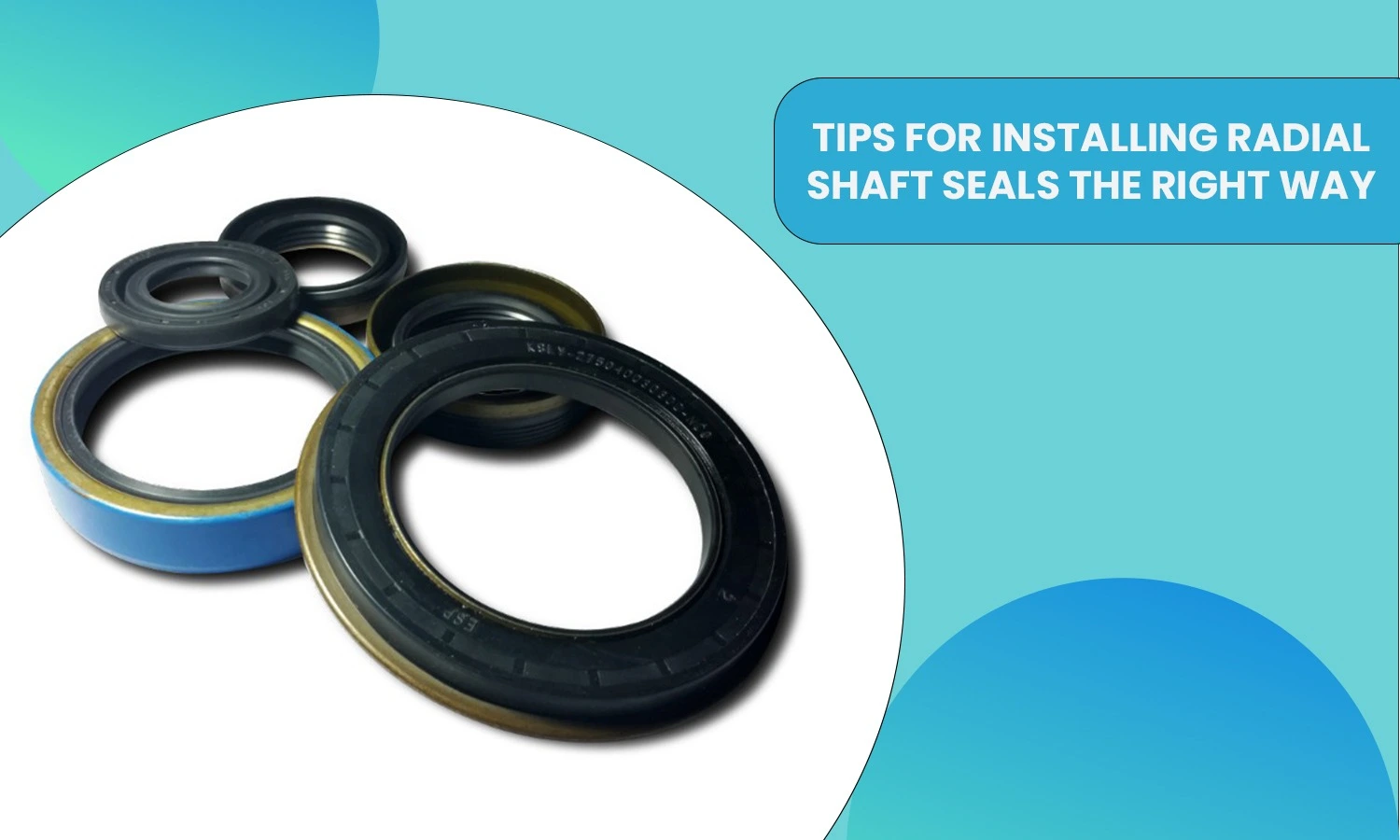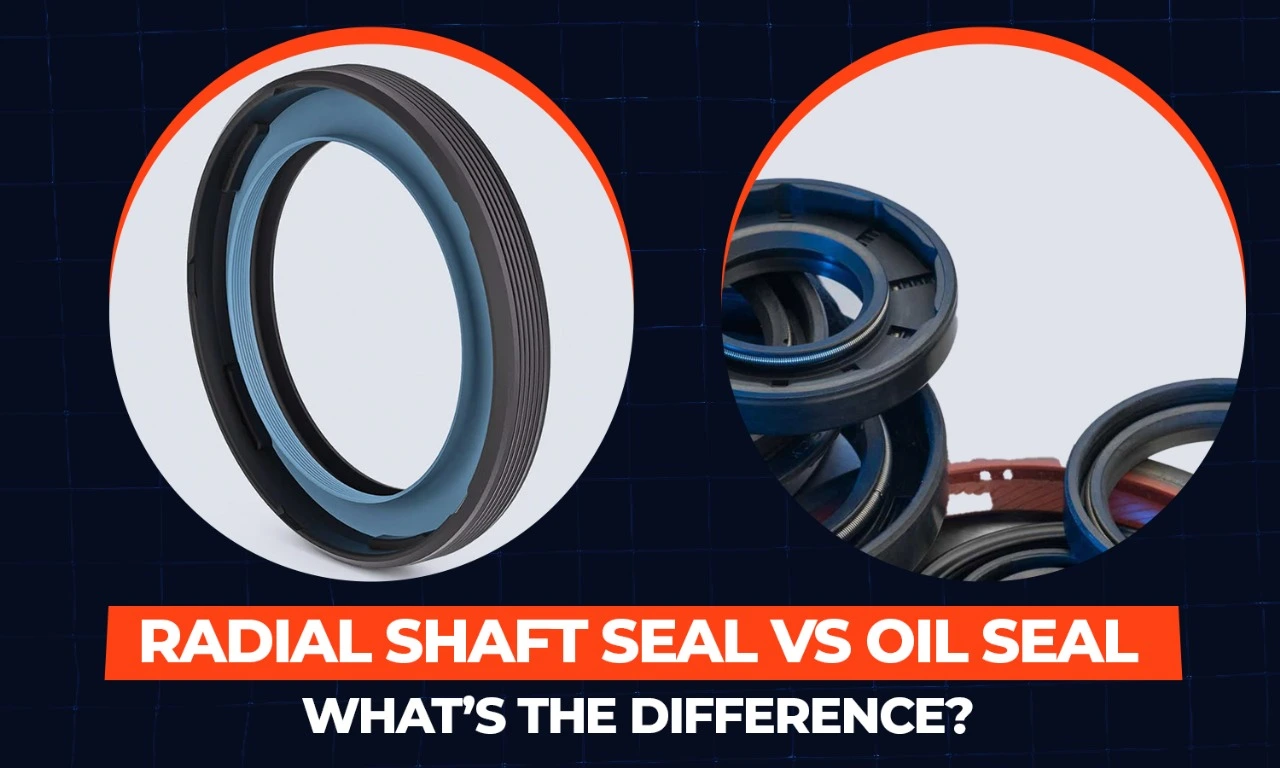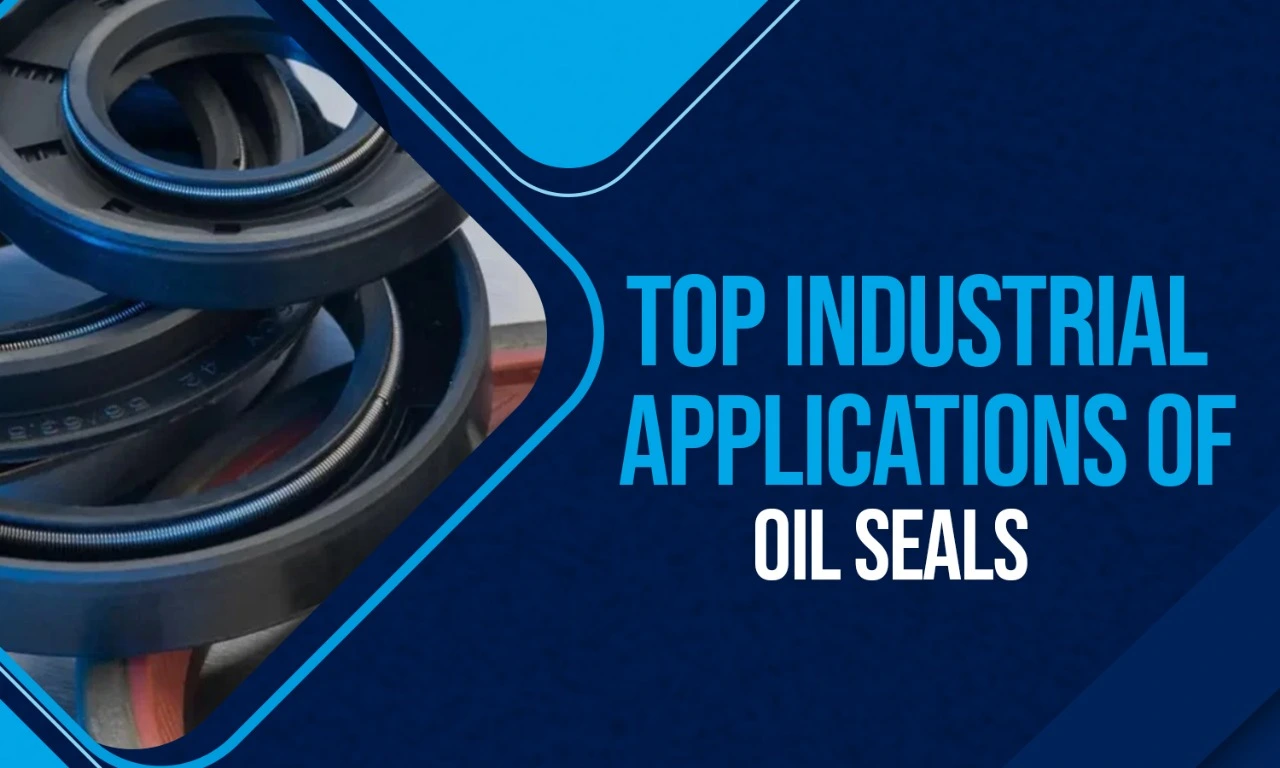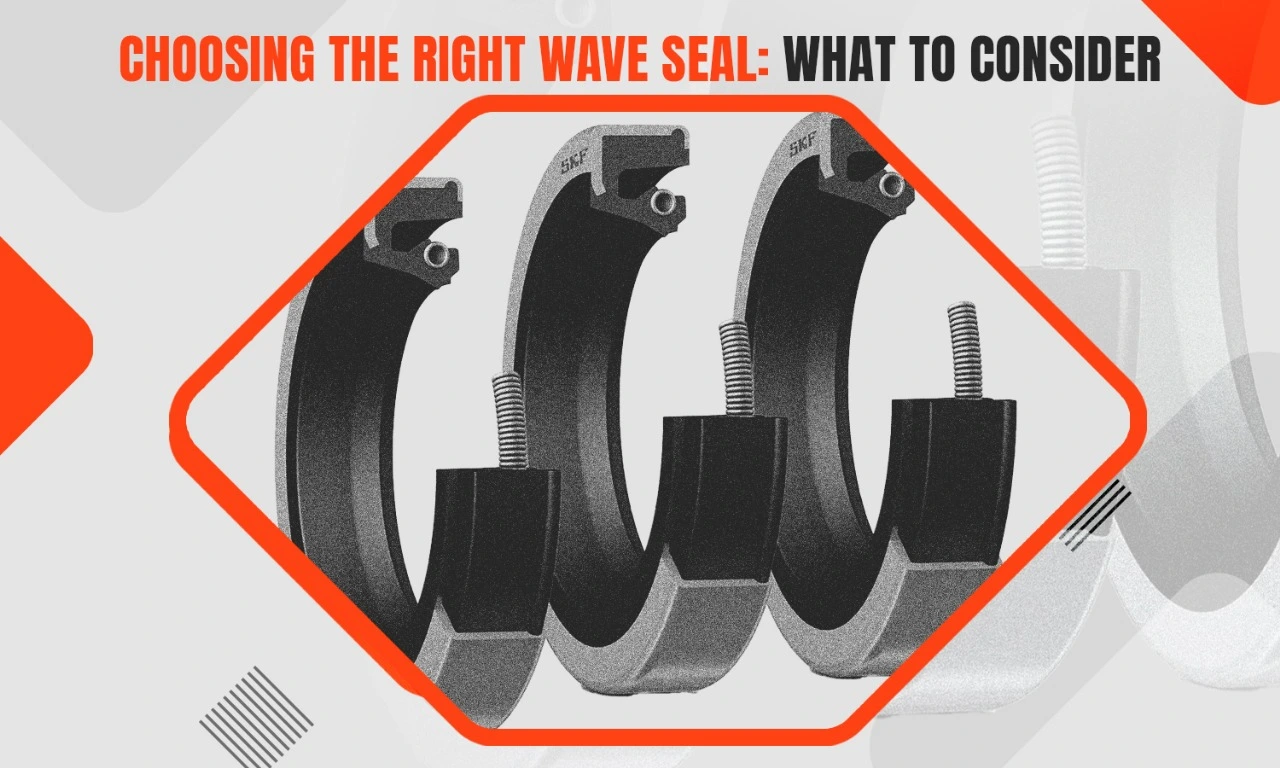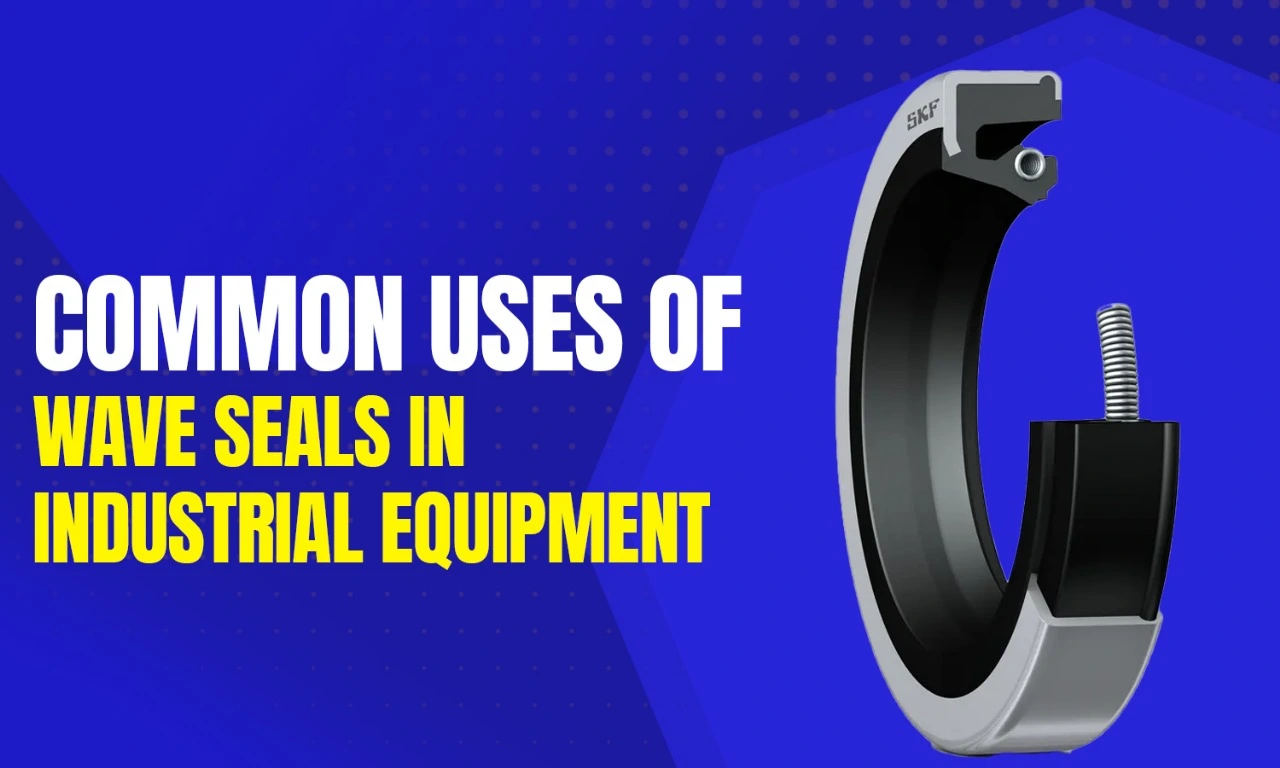Introduction
Choosing the right seal starts with one crucial step measuring oil seals correctly. A mismatch in size can lead to leaks, poor performance, and premature failure. Whether you’re maintaining industrial equipment or sourcing spare parts, accurate measurement ensures the right fit every time. In this blog, we break down three simple yet essential tips to help you measure oil seals precisely and avoid common pitfalls.
How to Measure Oil Seal Size?
When measuring oil seals, always focus on three key dimensions: inner diameter (ID), outer diameter (OD), and width (W). These form the standard size format (e.g., 35×52×7 mm). Use a digital caliper for best accuracy. Measuring an old, worn-out seal? Always measure from the seating surface and not the degraded area.

👉 Incorrect oil seal size can cause improper sealing, even if the difference is just a fraction of a millimeter.
What Are the Tools to Measure Oil Seals?
Reliable oil seal measurements depend on having the right tools. The best option? A digital Vernier caliper. It’s accurate, fast, and easy to use. For certain oil seal types, especially non-standard seals, you might need additional tools like inside micrometers or seal profile gauges.
👉 Avoid relying on simple rulers or guesswork—they lack the precision needed for correct measuring oil seals.
What Are the Common Mistakes to Avoid When Measuring Oil Seals?
Even small errors in measuring oil seals can cause major issues. Here are some common mistakes to steer clear of:
- Measuring damaged or distorted seals.
- Ignoring material expansion due to temperature or pressure.
- Not using calibrated tools.
- Measuring only one side instead of taking multiple readings.
Being careful about these details ensures your oil seals deliver optimal performance and fitment.
Conclusion
In sealing applications, precision equals performance. By measuring oil seals properly, you save time, reduce breakdowns, and protect your equipment investment. Always double-check dimensions, use proper tools, and avoid estimating. One accurate measurement now can prevent countless issues later.
Key Takeaways
- Use a digital caliper for measuring oil seals
- Focus on inner diameter, outer diameter, and width
- Avoid worn or deformed areas during measurement
- Match the correct oil seal size to the application
- Be aware of oil seal types and their tool needs
Frequently Asked Question
The inner diameter, outer diameter, and width are the three essential dimensions for any oil seal.
While you can, it’s not advisable. Use a Vernier caliper or micrometer for precise results.
You’ll face installation difficulty, leakage, or faster wear. Always verify the measurements before replacement.



